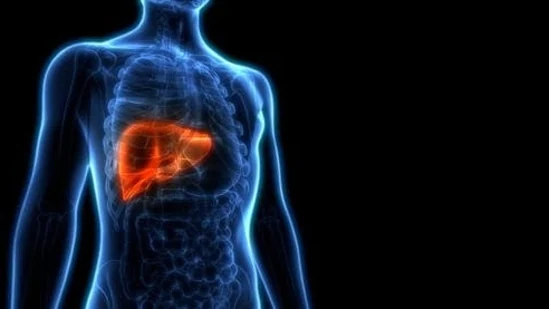Hepatic osteodystrophy disease (HOD) is a metabolic bone disease that affects people who have a chronic liver condition. Bone loss, bone density decline, and bone structure degradation were the most common symptoms.
A liver injury, commonly known as a laceration of the liver, is a type of trauma to the liver. A blunt force, such as a vehicle collision, or a penetrating foreign item, such as a knife, can cause this. Is it possible, however, for an organ damage to result in bone loss? This has been the subject of a recent research. ALSO READ : KIDNEY STONES
The research was published in the journal ‘Cell Metabolism.’
A research team led by Prof. CHEN Di of the Chinese Academy of Sciences’ Shenzhen Institute of Advanced Technology (SIAT) and other collaborators conducted the study. They discovered the molecular processes that induce bone loss as a result of chronic liver damage. Hepatic osteodystrophy disease (HOD) is a metabolic bone disease that affects people who have a chronic liver condition. Bone loss, bone density decline, and bone structure degradation were the most common symptoms. ALSO READ : HOW TO CONTROL CHOLESTROL?
The liver, as the body’s metabolic centre, is critical for tissue homeostasis, and a vast variety of hepatic cytokines affect peripheral organs, including bones, via the circulatory system.
The liver-bone axis is the name for the reciprocal control of the liver and bone. External stressors including viruses, alcohol, and narcotics can induce chronic liver damage, which alters bone metabolism via the liver-bone axis, increasing the risk of osteoporosis and brittle fractures.
The fractures induced by HOD illness make bone rebuilding difficult and have a negative impact on disease prognosis and quality of life for HOD patients. As a result, understanding the mechanics of HOD is critical.
The researchers discovered increased expression of PP2Aca in patients with HOD and mice models of HOD. Prof. CHEN said, “Conditional deletion of PP2Aca in the liver of HOD mice aids hepatic function recovery and reduces bone loss.”
The liver-bone axis regulator, LCAT, was screened and discovered by the study team using proteomics analysis. LCAT may move cholesterol from peripheral tissues to the liver, a process known as reverse cholesterol transport (RCT).
Dr. LU Ke, the study’s first author, explained, “LCAT governs bone metabolism by maintaining optimal intracellular cholesterol levels and improves liver function by reversing cholesterol transfer from bone tissues to the liver.”
RCT is essential for the maintenance of liver-bone balance. Intracellular cholesterol levels that are appropriate can boost osteoblast activity while inhibiting osteoclast development.
The researchers discovered that PP2Aca inhibited LCAT expression in patients with HOD and mice models of HOD.
The imbalance of the liver-bone axis accelerated the course of HOD induced by chronic liver damage, according to this study. It also offered a possible target for therapeutic medication development to treat hepatic bone disease. (ANI)




